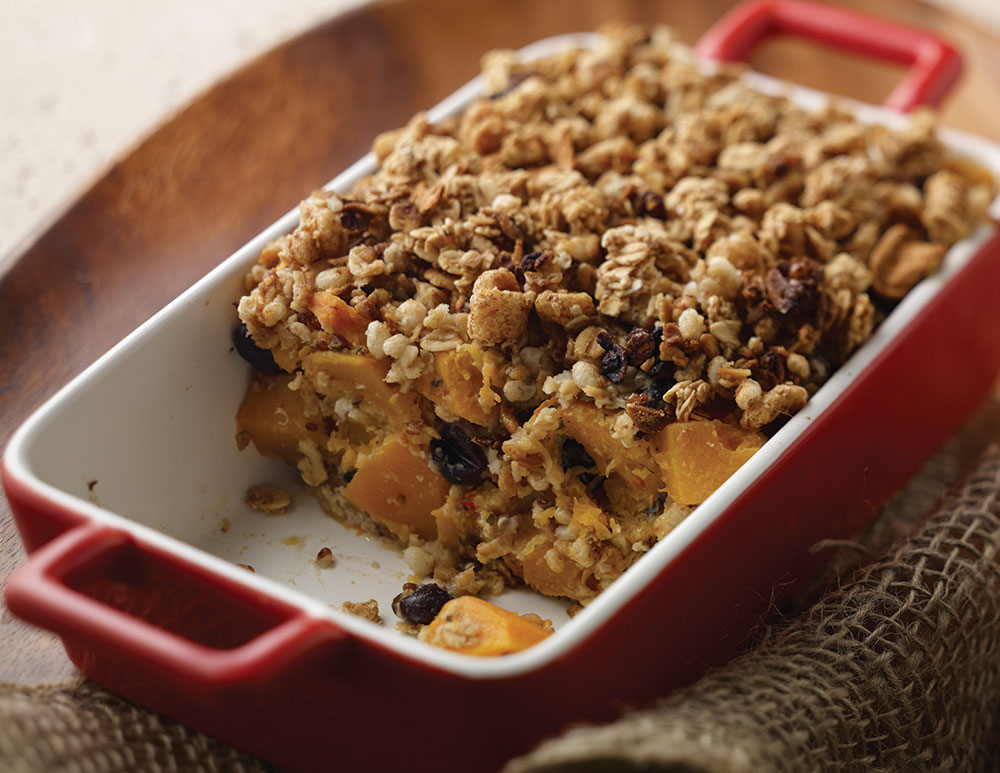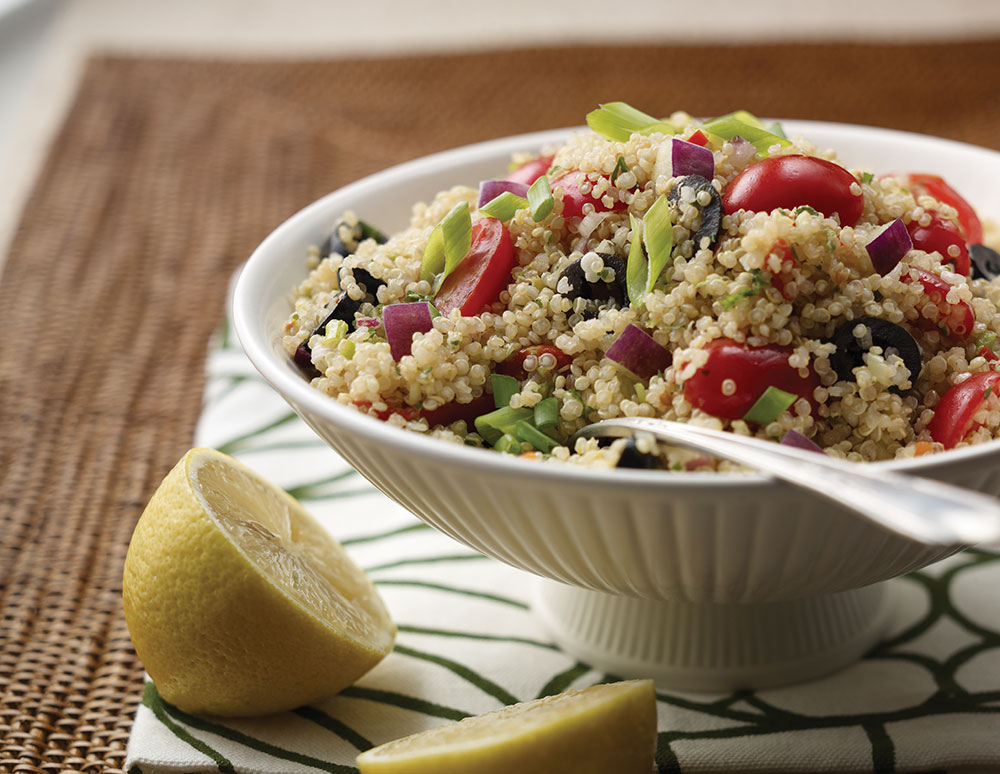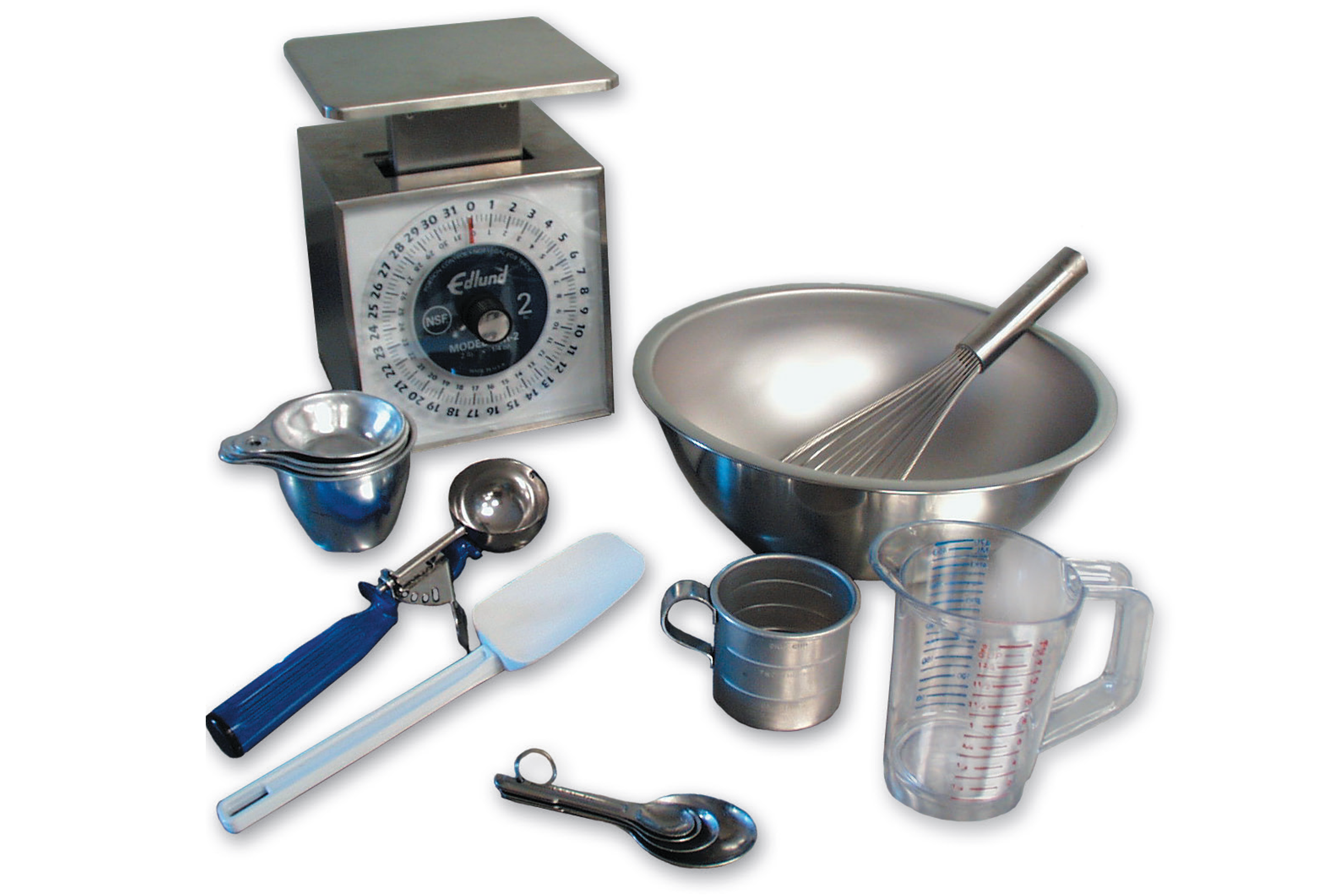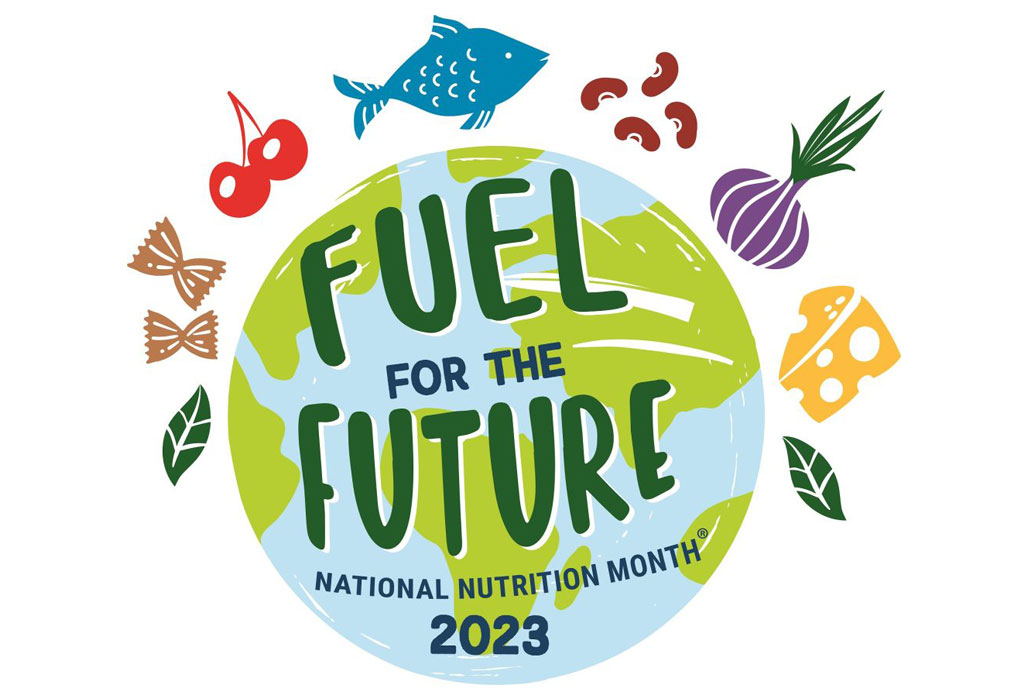
In a month known for monsters and candy, the best trick is treating your employees to better health and wellness. Employee wellness opportunities can help staff feel better, live healthier, and be more present for the children in your program. Healthy adults model healthy living for children.
We traditionally think about eating healthier and exercising more, but the opportunities for wellness expand beyond those benefits of well-being. Wellness includes physical, emotional, social, environmental, intellectual, career, and financial health. This Mealtime Memo will discuss employee wellness benefits, simple steps to start the process, and examples of offerings your employees might enjoy.
Benefits of Staff Wellness
It is not surprising that many Americans’ health is not optimal. Half of all adults have at least one chronic disease (like diabetes or high blood pressure). More than half are overweight or obese and don’t eat enough fruits and vegetables or get enough exercise. Workplace wellness initiatives can help make a difference!
Benefits of wellness initiatives:
- Improve employee health and fitness
- Increase staff productivity, performance, and morale
- Improve staff recruitment and retention
- Fewer days of missed work
- Better adult modeling for improved engagement with children

Build a Staff Wellness Program
Starting small is a good idea if you don’t have a staff wellness program. The following steps will help you get the process going. If you already have something in place but want to expand it, see the resources in the reference section for more detailed information.
- Build support: You’ll need the support of your program leadership and staff. Use this Mealtime Memo as a tool to get the conversation started. Building support is an ongoing process; you will identify more people to engage with as your initiative moves forward.
- Find a wellness champion and team: If you want to lead this initiative, great! If not, find someone with an interest and expertise to take it on. There may already be a group you can ask to help. Is there a group of employees that walk during lunch or that organize a yoga class after work? These are great people and groups to ask to help. It would be best to start small, but having at least a few people on the team will increase the likelihood of success.
- Gather information: Talk to staff and find out what aspects of wellness most interest them. You can also create a short survey to collect information. It can include interest questions about various wellness topics; preferred times, locations, and format; and motivators and barriers to participating.
- Plan for success: Using the information collected, meet with your wellness team to explore the options, and decide where to start. Create a plan to execute the activity. Be sure to include specific, achievable, and realistic action steps to guide you. Remember to keep in mind cost, staff availability, and time.
- Communicate your plan: Once you determine what to do, ensure everyone knows the plan. You may need to communicate information more than once and in multiple ways. For example, announce plans at a staff meeting and include information on a bulletin board, via email, social media, and/or internal communication.
- Execute the plan: Follow through on what you said you would provide, even if initial interest is low. These things can take time to build momentum.
- Evaluate: As you move through the plan, discuss how it is going as a team. You may need to adjust based on feedback. Don’t be discouraged if the first effort isn’t as successful as you had hoped.
- Maintain momentum: Keep meeting and discussing ideas. Go through the above process as many times as you need to. Find additional resources (see the References section) to help you grow and progress.
Examples of Wellness Offerings
Ideas for wellness offerings are endless! The best source of suggestions will come from the interests of your staff. Below are a few offerings in different categories. You will see that the ideas vary from simple to more involved. Remember that starting small is okay! The resource Healthy School, Healthy Staff, Healthy Students has a long list of ideas in Appendix 1.

| Topic Areas | Wellness Offerings |
|---|---|
| Physical activity |
|
| Nutrition |
|
| Sleep |
|
| Financial wellness |
|
| Social-emotional health |
|
| Health screening |
|
Mealtime Discussion Prompts
Mealtime is an excellent opportunity for staff to talk about healthy changes they are making and model this behavior for children. Here are some ways to share and discuss healthy behavior changes.
- I joined a walking group in the evenings, which makes me feel good. What are ways you like to move your body?
- I’ve realized I need more quiet time during the day. What do you like to do in your free time?
- I’ve started eating five fruits and vegetables every day. What fruits and vegetables do you like to eat here and at home?

Menu Ideas
The CACFP meal pattern provides a model of healthy meals and serving sizes that staff can use as an example of good nutrition.

Recipes
- The Child Nutrition Recipe Box has USDA-standardized recipes for child care centers and family child care homes.
- The Child Nutrition Recipe Box: New CACFP Lunch/Supper Recipes has standardized recipes per age group (3–5 and 6–18 year-olds) and for servings of 6, 25, and 50.

References
Institute of Child Nutrition. (n.d.). Child nutrition recipe box. https://theicn.org/cnrb/
National Association of Chronic Disease Directors. (2018). Healthy schools, healthy staff, healthy students. https://chronicdisease.org/resource/resmgr/school_health/school_employee_wellness/nacdd_schoolemployeewellness.pdf
OEA Choice Trust. (n.d.). Blueprint for education employee well-being. https://oeachoice.com/wp-content/uploads/2022/02/Blueprint-2-28-22.pdf
U.S. Department of Agriculture, Food and Nutrition Service. (2014). Central valley harvest bake. Recipes for Healthy Kids. https://fns-prod.azureedge.us/sites/default/files/resource-files/CentralValleyHarvestBakeCACFPCenterRecipe.pdf
U.S. Department of Agriculture, Food and Nutrition Service. (2014). Mediterranean quinoa salad. Recipes for Healthy Kids. https://fns-prod.azureedge.us/sites/default/files/resource-files/MediterraneanQuinoaSaladCACFPCenterRecipe.pdf


















